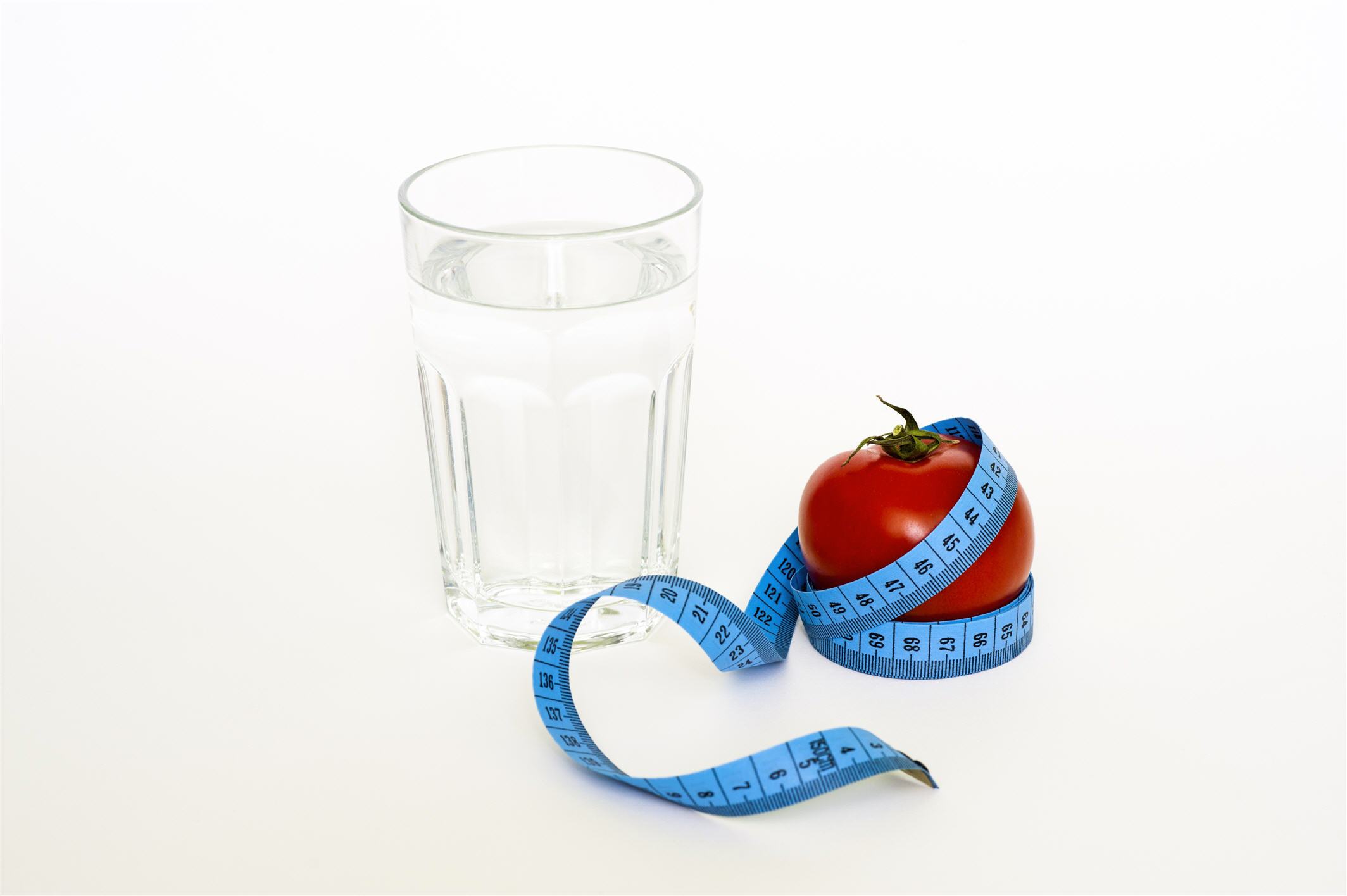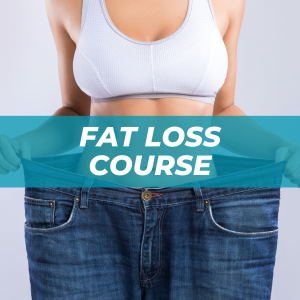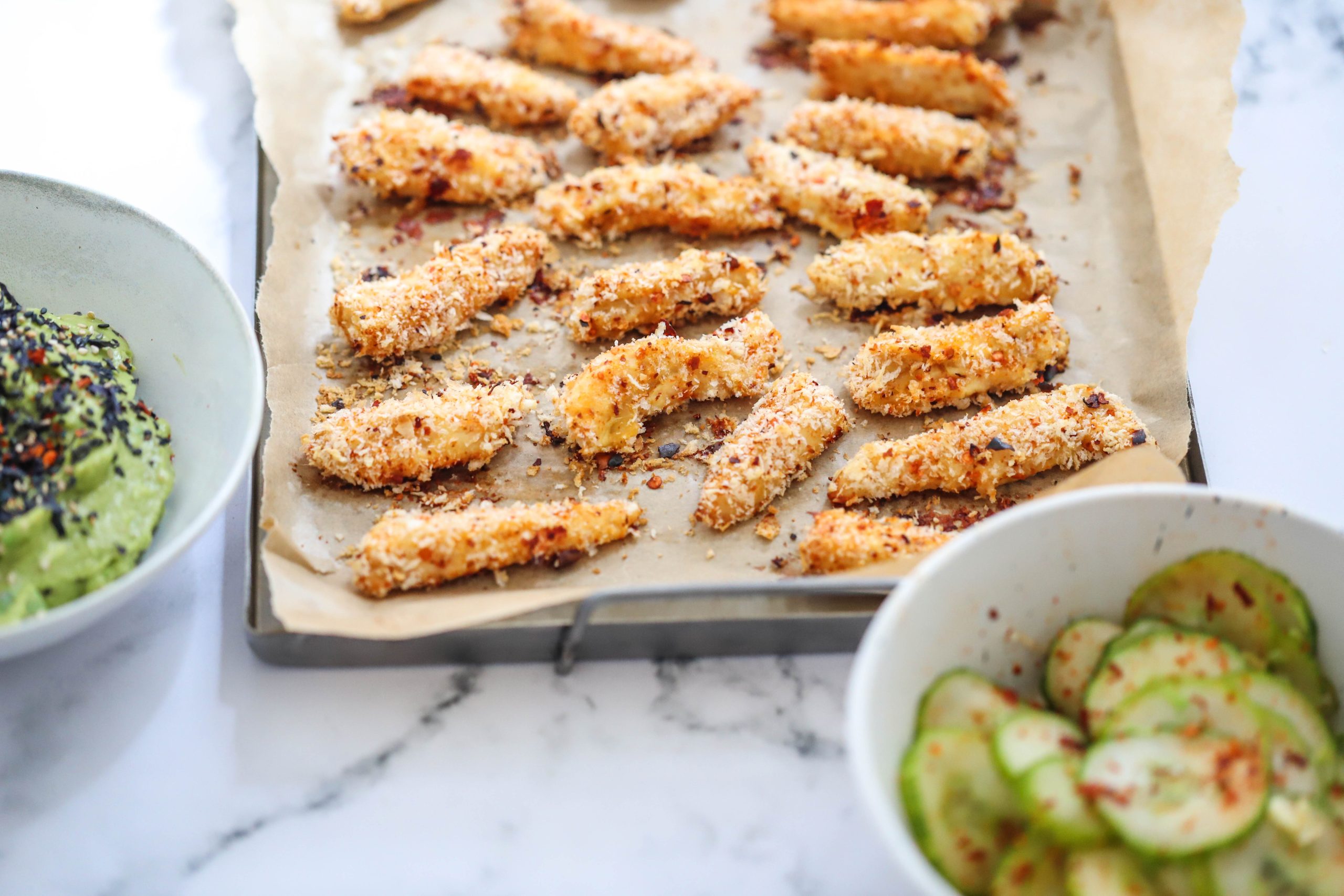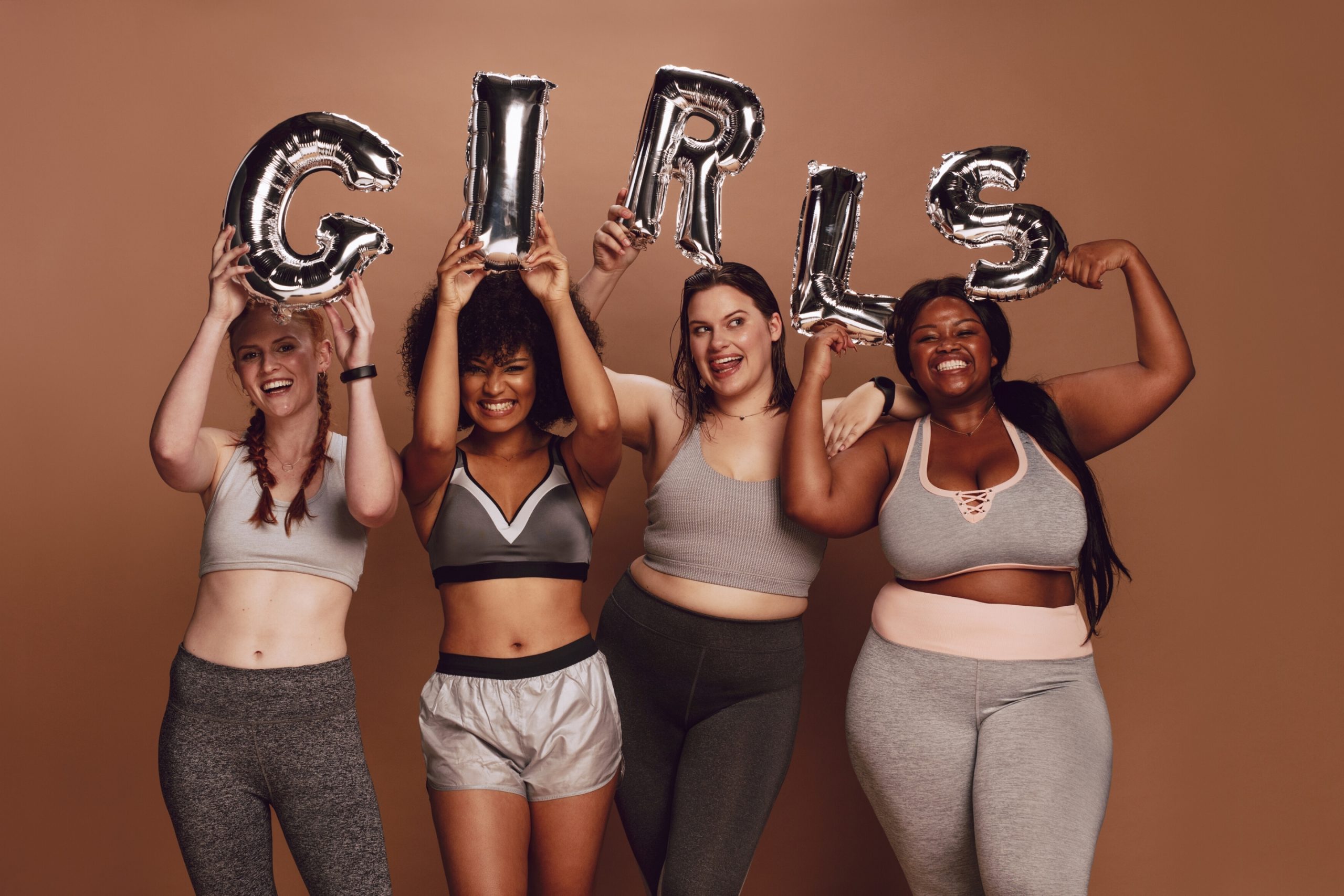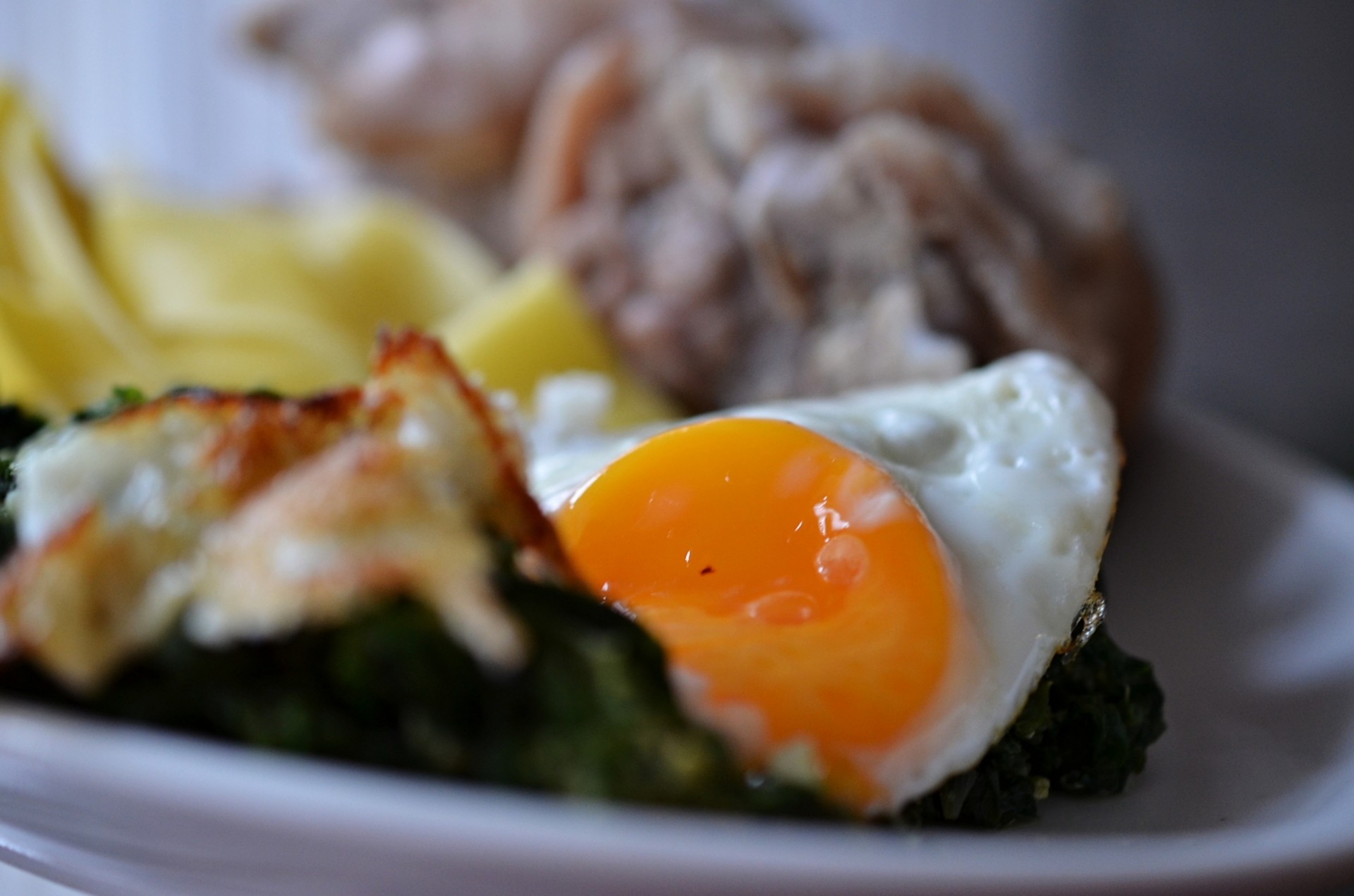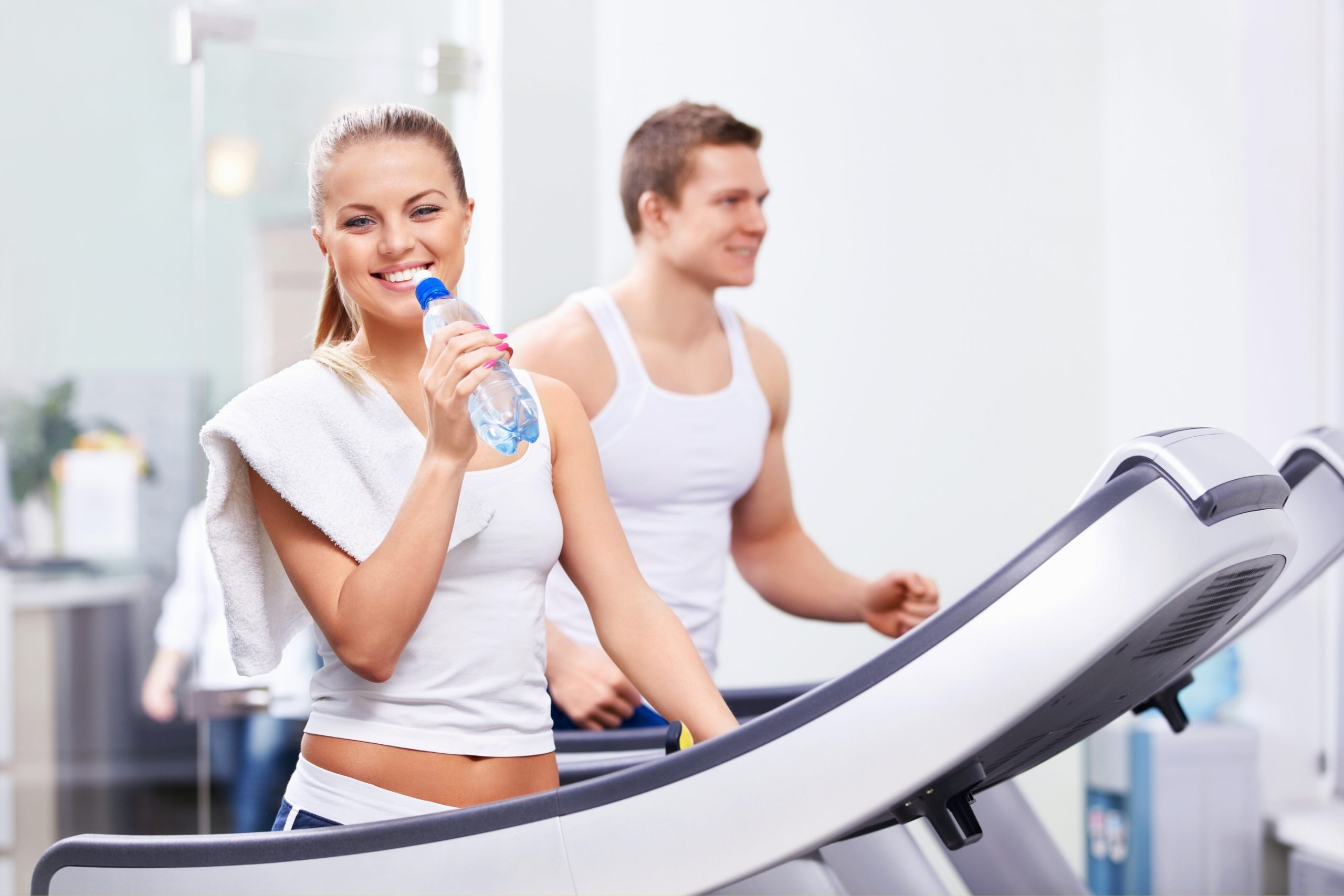Benefits of Yoga through meditation works remarkably to accomplish harmony and helps the mind work in synchronization with the body. How often do we find that we are unable to perform our activities properly and in a satisfying manner because of the confusions and conflicts in our mind weigh down heavily upon us?
Stress is the number one suspect affecting all parts of our physical, endocrinal and emotional system. And with the help of yoga this things can be corrected. At the physical level, yoga and yoga poses have proven to be extremely effective for various disorders.
Listed below are just some of the benefits of yoga that you can get.
Benefits of Yoga 1:
Yoga is known to amplify flexibility; yoga has postures that trigger the different joints of the body. Including those joints that are not acted upon with regular exercises routines.
Benefits of Yoga 2:
Yoga also increases the lubrication of joints, ligament and tendons. The well-researched yoga positions exercise the different tendons and ligaments of the body.
It has also been found that the body which may have started doing yoga being a inflexible one may experience a quite remarkable flexibility in the end on those parts of the body which have not been consciously worked upon.
Benefits of Yoga 3:
Yoga also massages all organs of the body. Yoga is perhaps the only exercise that can work on through your internal organs in a thorough manner, including those that hardly get externally stimulated during our entire lifetime.
Benefits of Yoga 4:
Yoga acts in a wholesome manner on the various body parts. This stimulation and massage of the organs in turn benefits us by keeping away disease and providing a forewarning at the first possible instance of a likely onset of disease or disorder.
One of the far-reaching benefits of yoga is the uncanny sense of awareness that it develops in the practitioner of an impending health disorder or infection.
Benefits of Yoga 5:
Yoga offers a total detoxification of the body. It gently stretches the muscles and joints as well as massaging the various organs.
Yoga ensures the optimum blood supply to various parts of the body.
Benefits of Yoga 6:
Yoga helps in the flushing out of toxins from every nook and cranny of your body as well, as providing nourishment up to the last point. This leads to benefits such as delayed ageing, energy and a remarkable zest for life.
Benefits of Yoga 7:
Yoga is also an excellent way to tone your muscles. Muscles which have been flaccid and weak are stimulated repeatedly to shed excess fats and flaccidity.
But these enormous physical benefits are just a side effect of this powerful practice. What yoga does is harmonize the mind with the body and these results in real quantum benefits.
It is now an open secret that the will of the mind has enabled people to achieve extraordinary physical feats, which proves beyond doubt the mind and body connection.
In fact yoga = meditation, because both work together in achieving the common goal of unity of mind, body and spirit which can lead to an experience of eternal bliss that you can only feel through yoga.
The meditative practices through yoga help in achieving an emotional balance through detachment.
This in turn creates a extraordinary calmness and a positive outlook, which also has tremendous benefits on the physical health of the body.
Dive into our Yoga Journey Course
Meticulously crafted to cater to both newcomers and seasoned yogis.
Experience 13 video guided Yoga sessions, from foundational poses to advanced sequences.
Our course ensures not only physical revitalization, but also mental clarity and holistic well-being.
